Description
What is a TNC Connector?
The TNC connector (acronym of “Threaded Neill–Concelman”) is a threaded version of the BNC connector.
TNC connectors from C&T RF Antennas Inc are part of the very extensive selection of radio frequency interconnect components. C&T RF TNC connectors include male and female genders in 50 Ohm impedance levels. Our TNC connectors are available in standard polarity designs with bulkhead, 4-hole flange, and mountless types.
The TNC connector product line for coax, PCB, and terminal is available with various clamp, clamp/solder, crimp/crimp, crimp/non-solder contact, crimp/solder, solder, and solder/solder attachment methods.
TNC connector compatible cable types include .047 SR, LMR-100, LMR-100A-PVC, LMR-195, LMR-200, LMR-240, LMR-400, LMR-600, PE-C240, RG141, RG142, RG174, RG188, RG214, RG223, RG316, RG400, RG402, RG405, RG55, RG58, and RG9.
TNC connector performance
The TNC connector is essentially an RF connector that is a threaded version of its bayonet cousin. It possesses many of the same properties, although, in view of the much more satisfactory connection on the router, its frequency limit is extended.
Most TNC connectors are specified to 11 GHz, and some are able to operate to 18 GHz. This assumes that these RF connectors are obtained from reputable suppliers and are not some of the cheaper variants that are available.
That said, many of the much cheaper TNC connectors still provide useful performance, but not to the same frequencies.
C&T RF Antennas Inc. provides internal & external antennas with antenna radio frequencies such as NFC, 169MHz, 230MHz, 315MHz, 433MHz, 868MHz, 915MHz, VHF&UHF, Lora, NB-IoT, ADS-B, GSM, GNSS, GPRS, 1.2 GHz, 1.4 GHz, 1.8 GHz, Wi-Fi 2.4 GHz, 5.8 GHz, Cellular 2G, 3G, 3.5 GHz, 4G LTE, GPS, 5G NR, 6G, etc.
C&T RF Antennas Inc. provides RF antennae with Omni & Directional antenna types such as Dipole Antennas, Whip Antennas, Marine Antennas, Router Antennas, MIMO Antennas, Combo Antennas, PCB Antennas, FPC Antennas, Spring Antennas, Magnetic Antennas, Sector Antennas, Yagi Antennas, and Accessories, etc, for IoT & M2M industries.
TNC connectors are provided by C&T RF Antennas Inc, contact us for more details on TNC connectors such as datasheet, price, and inventory.
TNC Connector Specifications
| Item NO.: CTRF-CN-TNC-Male
Key Specifications of the TNC Male coaxial cable connector |
|
| Connector Series | TNC |
| Connector Gender | Male |
| Connector Polarity | Standard |
| Connector Angle | Straight |
| Connector Mount Method | None |
| Connector Impedance | 50Ohms |
| Frequency | DC 0-11Ghz |
| V.S.W.R | ≤1.3 |
| Voltage Breakdown | DC1000V/50Hz |
| Insertion Loss | ≤0.1dB/GHz |
| Insulation Resistance | ≥5000MΩ |
| Contact Resistance | Shell≤1mΩ; Center Pin≤2.5mΩ |
| Center Pin Retention | ≥70g |
| Mating Cycles | >500 |
| Operation Temperature | -40℃~+65℃ |
| Storage Temperature | -40℃~+80℃ |
| Junction Retention | ≥8KG |
| Color | Nickel |
FEATURES AND BENEFITS
Threaded coupling interface ensures connector with not de-couple in vibration-intense applications
Durable construction
Performance from DC – 11 GHz operations in many applications
APPLICATIONS
Antennas
Industrial
Wireless
Military
Broadband
TNC CONNECTOR SERIES
The TNC connector series is a miniature, threaded weatherproof series with a constant 50 Ω impedance and a frequency range of DC – 11 GHz.
TNC connectors are produced with standard and reverse polarity. Reverse polarity is a keying system accomplished with a reverse interface and ensures that reverse polarity interface connectors do not mate with standard interface connectors.
C&T RF Antennas Inc accomplishes this by inserting female contacts into plugs and male contacts into jacks to ensure quality. Other manufacturers may use reverse threading to accomplish reverse polarity keying.
The difference between BNC and TNC
DIN is the code of the German national standard, which is similar to the Chinese national standard number with the word “GB” before it; VDE is the world’s authoritative certification body (short for “German Institute of Electrical Engineers”). They can issue safety standards by themselves, and The published standards are often adopted as German national standards.
“VDE DIN” placed before the German standard means that this standard is a German national standard published by VDE; the DIN head is one of the special connectors for feeders. Mainly used on the macro site. The function of the BNC/TNC connector is the same as the N head. The frequency range of the DIN head is 0-11GHz.
A brief description, feeder connector (connector)
A detachable radio frequency connector is generally used for connection between the feeder and the equipment and different types of cables. Connectors are commonly called joints.
1. DIN type connector
The applicable frequency range is 0~11GHz, which is generally used for the RF output port of macro base stations.
2. N-type connector
The applicable frequency range is 0~11GHz, which is used for small and medium power coaxial cable connectors with a screw connection mechanism.
This is the most widely used connector in indoor distribution. It has good mechanical properties and can be used with most feeders.
3. BNC/TNC connector
BNC connector
The applicable frequency range is 0~4GHz. It is a coaxial cable connector with a bayonet connection mechanism for low power.
This kind of connector can be connected and separated quickly, has the characteristics of a reliable connection, good vibration resistance, convenient connection, and separation, etc., suitable for frequent connection and separation occasions, and is widely used for connecting coaxial radio frequency cables in radio equipment and test instruments.
TNC connector
The TNC connector is a modification of the BNC connector, which uses a threaded connection mechanism to connect coaxial cables in radio equipment and test instruments. The applicable frequency range is 0~11GHz.
4. SMA connector
The applicable frequency range is 0~18GHz. It is ultra-small, suitable for semi-rigid or flexible RF coaxial cable connection. It has the characteristics of small size, superior performance, high reliability, and long service life.
The ultra-small connectors are easily damaged in engineering and are suitable for microwave applications requiring high performance, such as the internal connection of microwave equipment.
5. Inverted connector
Usually, it is a pair of connectors. The male connector is connected by an internal thread and the female connector is connected by an external thread.
Some connectors are opposite, that is, the male connector is connected by an external thread and the female connector is connected by an internal thread. Collectively referred to as inverted connectors.
For example, the external antenna interface of some WLAN AP devices uses reverse SMA connectors.

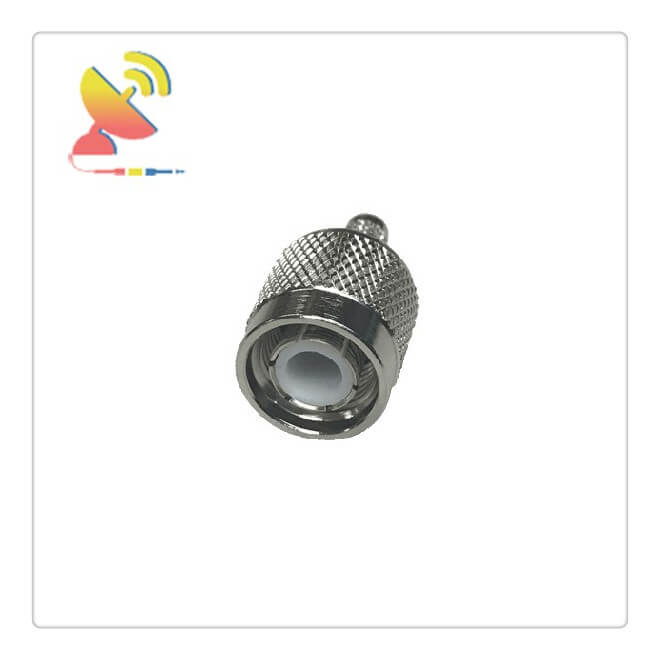
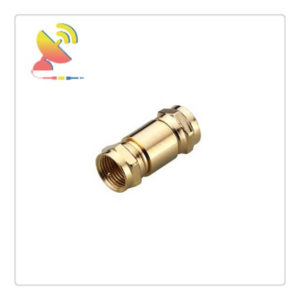
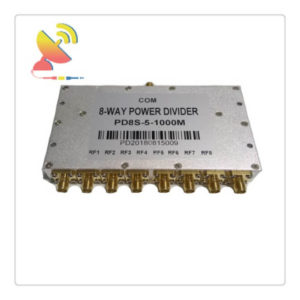
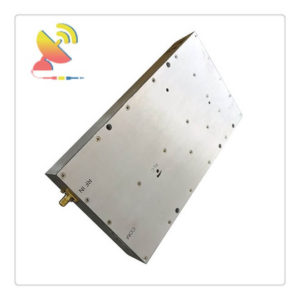
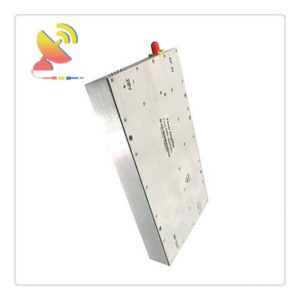
Reviews
There are no reviews yet.